The European Central Bank (ECB) has decided to keep its key interest rates unchanged during its latest policy meeting, as policymakers aim to ensure inflation is firmly on the right track before making further adjustments.
At their June meeting, the ECB's governing council reduced the key deposit rate from a record 4% to 3.75%, marking the first rate cut in five years. This move provided some relief to households and businesses across the eurozone.
However, ECB President Christine Lagarde has cautioned that the central bank will need time to "gather sufficient data" before deciding on its next steps. This suggests the ECB is taking a more cautious approach, wanting to make sure the inflation outlook is on a sustainable path before considering another rate cut.
Eurozone inflation has been steadily declining from its peak of 10.6% in 2022, reaching 2.5% in June. While this is still above the ECB's 2% target, Lagarde has acknowledged that the path to disinflation is likely to be "bumpy" until the end of 2024.
The ECB is closely monitoring several risk factors, including persistent core inflation, sticky services prices, and strong wage growth. These factors could complicate the central bank's efforts to bring inflation back to its target.
Many analysts expect the ECB's next rate cut to come at the September meeting, when policymakers will have updated forecasts on inflation and the economic outlook. An additional rate reduction before the end of the year, potentially in December, is also considered likely by some observers.
During her press conference, Lagarde is expected to maintain the ECB's "data-dependent" approach and refrain from providing specific guidance on the timing of future rate moves. Investors will be listening closely for any hints about the central bank's plans, particularly regarding a potential September rate cut.
The ECB's decision to hold rates steady comes as the US Federal Reserve is also expected to begin cutting interest rates in the coming months, as confidence grows that inflation in the United States is easing.
Overall, the ECB is taking a cautious and measured approach, prioritizing the need to ensure inflation is firmly on a downward trajectory before making further policy adjustments. The central bank's focus remains on achieving its 2% inflation target in a timely manner.



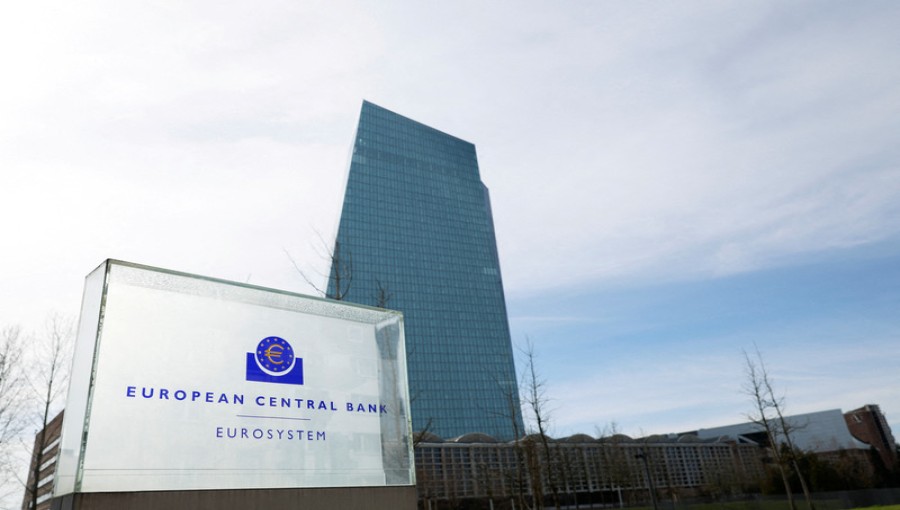
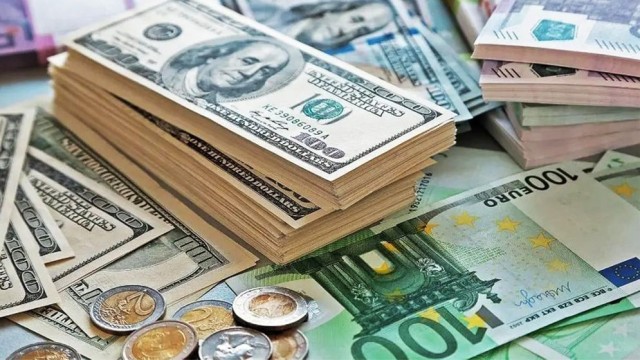


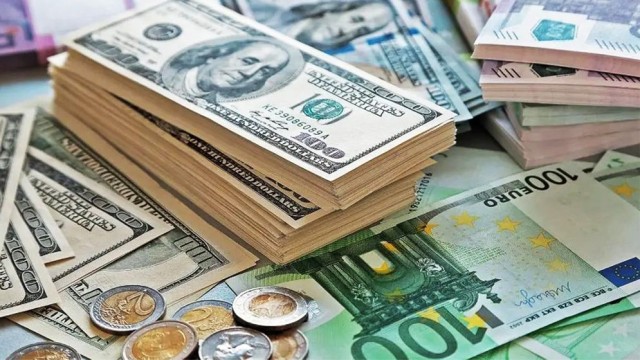
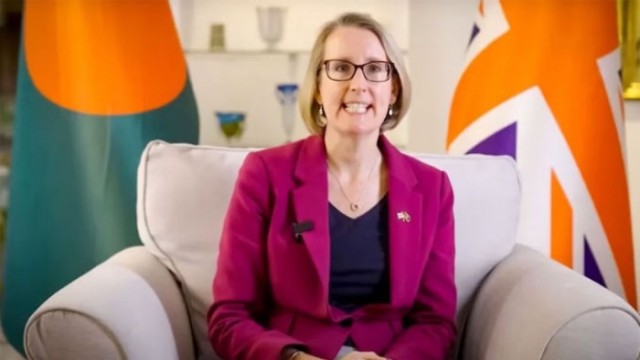

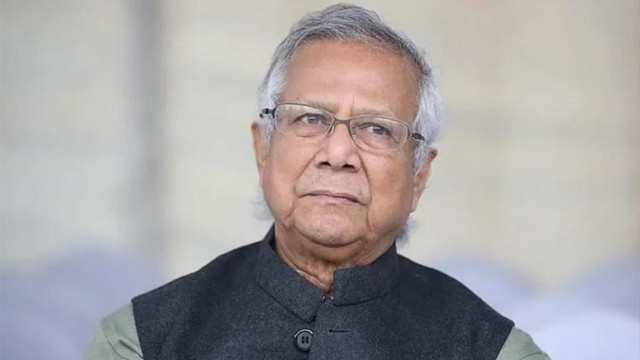






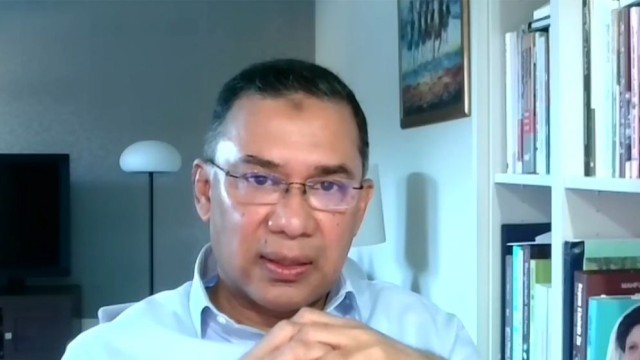













Comment: